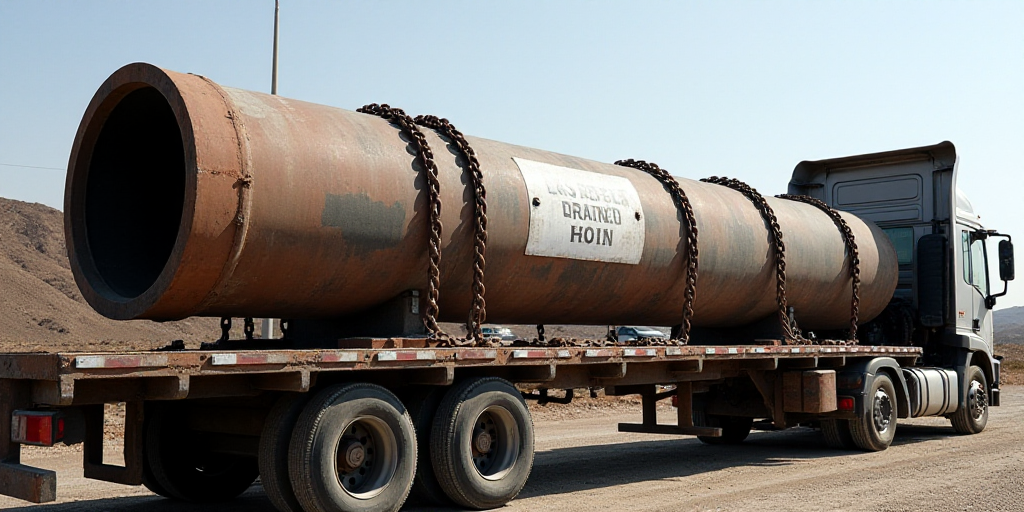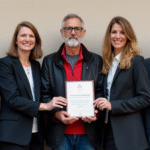Background on Key Figures and Relevance
Monterrey, NL. In response to a 50% tariff imposed by the United States on imported steel, there has been a surge in interest from companies to set up operations in Mexico and utilize US-origin steel to maintain global market competitiveness, according to experts in foreign direct investment (FDI).
Javier Zarazúa, president of the Council for Professional Management of Supply Chains (CSCMP) and general director of JL Nearshoring Mexico, highlighted Monterrey’s strategic position as the steel capital and its proximity to the US border. This location makes it an ideal hub for companies looking to avoid the tariff and capitalize on nearshoring opportunities.
Steel Tariffs and Their Impact on Business Decisions
Zarazúa mentioned that numerous companies are now quoting projects using US steel to sidestep the tariff when exporting to North America. He cited a case where a company started quoting projects with US steel for a metal cage, as it accounts for nearly 40% of the total project cost. Using local steel would increase export costs by 50% due to the tariff.
Although US steel may be slightly more expensive than Mexican steel, the tariff exemption when exporting with a certificate of origin results in substantial savings and helps retain clients.
Anticipated Growth in Nearshoring Due to Tariffs
Experts expect that if the US removes the steel tariff on Mexico but keeps it on China, a new phase of nearshoring could emerge. This would attract another wave of companies to the region.
Factors Driving FDI to Nuevo León
Nuevo León has established itself as a national reference for relocating foreign companies, thanks to its advanced infrastructure, available talent (especially newly graduated engineers from local universities), security, tax incentives, and a business-friendly environment.
Zarazúa emphasized that Nuevo León meets all necessary conditions to attract FDI and sustainably leverage nearshoring. Foreign companies seeking operations in Mexico request specific information on energy infrastructure, road and air connectivity, workforce quality, tax policies, and security.
Nuevo León offers tax incentives such as partial exemption from the Payroll Tax or Industrial Land Acquisition Tax, which are attractive to many companies.
The Role of Logistics Ecosystem and Digitalization
José Treviño Calderón, IT Manager at Dicka Logistics, underscored the importance of Nuevo León’s logistics ecosystem and ongoing digitalization and security efforts in goods transportation.
Treviño highlighted that clients demand traceability, real-time monitoring, and swift incident response. He stressed the significance of public-private sector collaboration in enhancing these processes and establishing Nuevo León as a reliable investment region.
Key Questions and Answers
- Q: Why are companies adopting US steel? A: To avoid a 50% tariff on steel exports to North America and maintain competitiveness in the global market.
- Q: What makes Nuevo León an attractive location for FDI? A: Its advanced infrastructure, available talent, security, tax incentives, and business-friendly environment.
- Q: How are tariffs expected to impact nearshoring in Mexico? A: If the US removes steel tariffs on Mexico but keeps them on China, it could lead to increased FDI and nearshoring activities.
- Q: What incentives does Nuevo León offer to attract foreign companies? A: Tax exemptions like partial relief from Payroll Tax or Industrial Land Acquisition Tax.
- Q: How is Nuevo León’s logistics ecosystem contributing to its growth? A: By focusing on digitalization, security, and meeting client demands for traceability and real-time monitoring.






